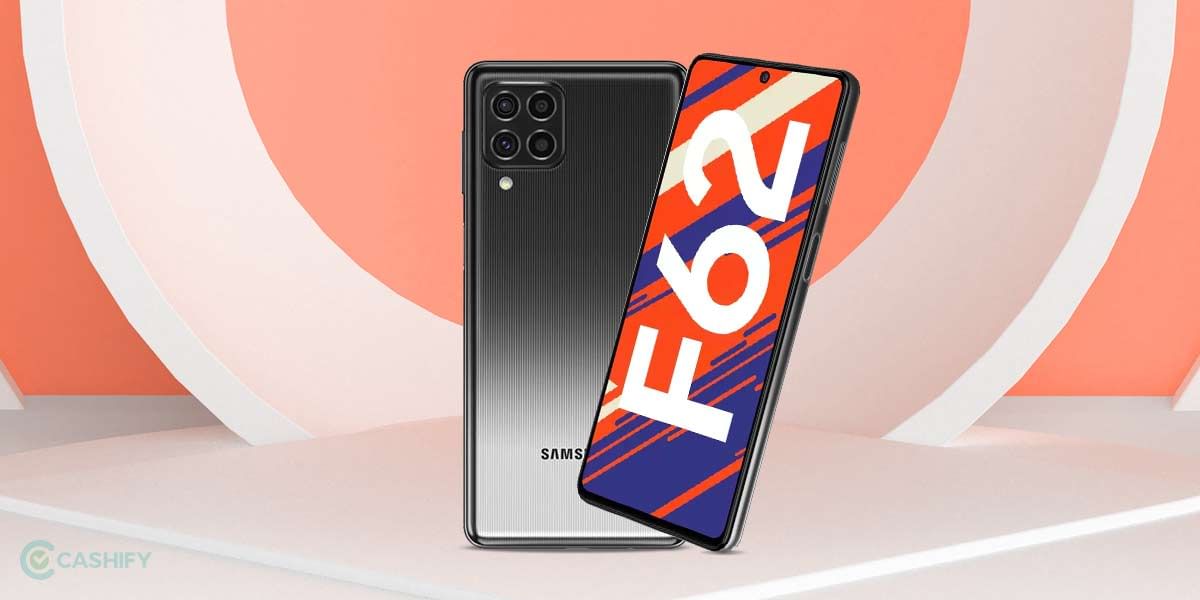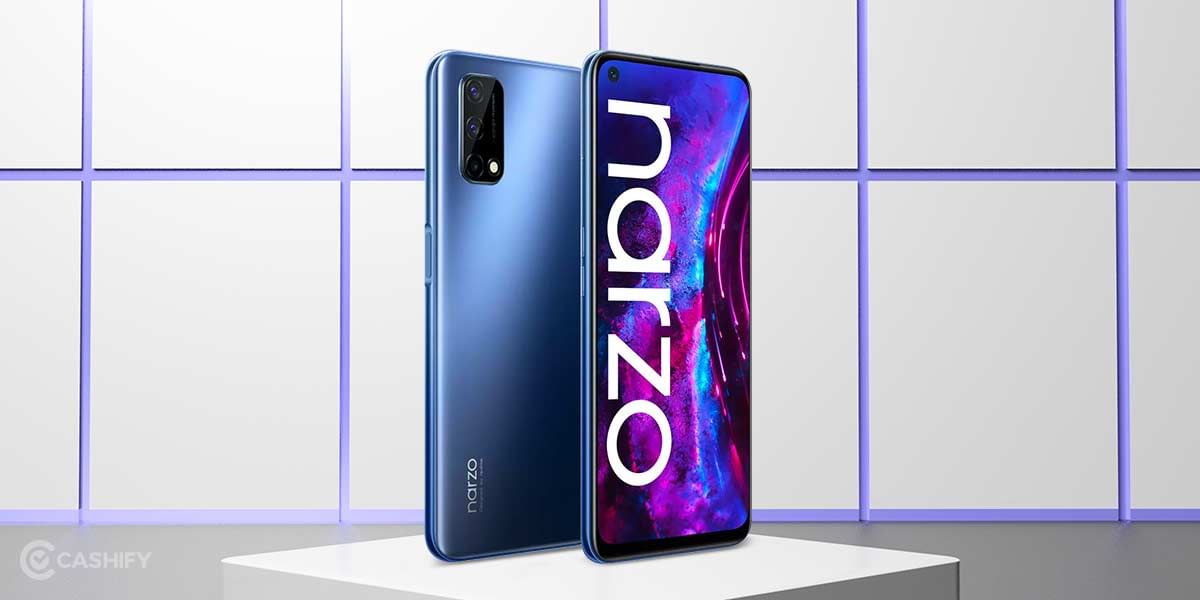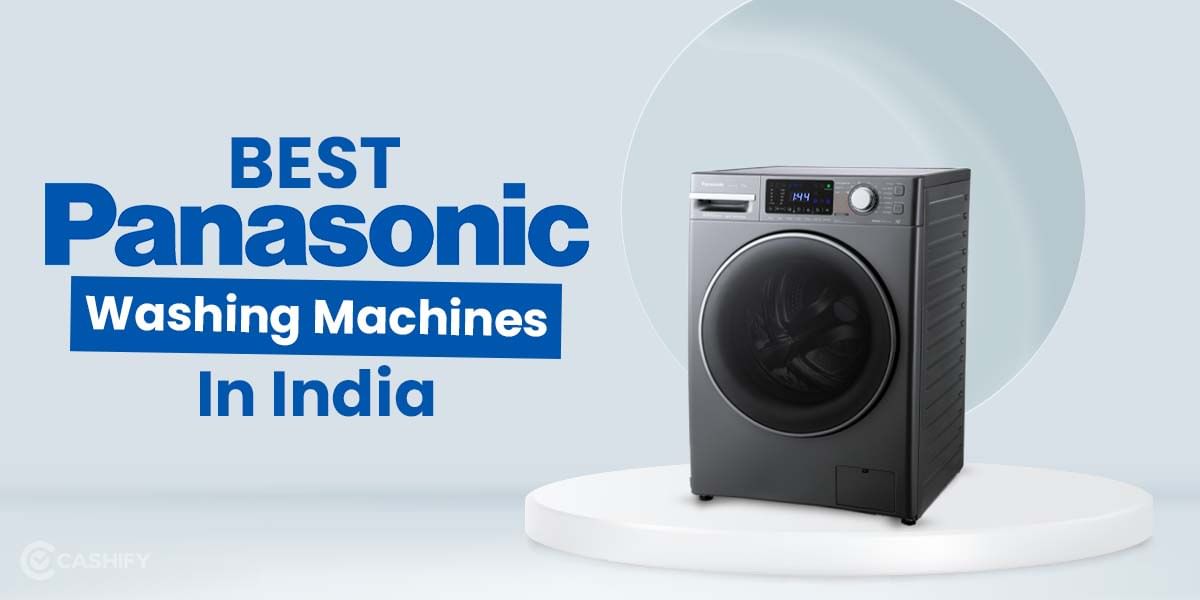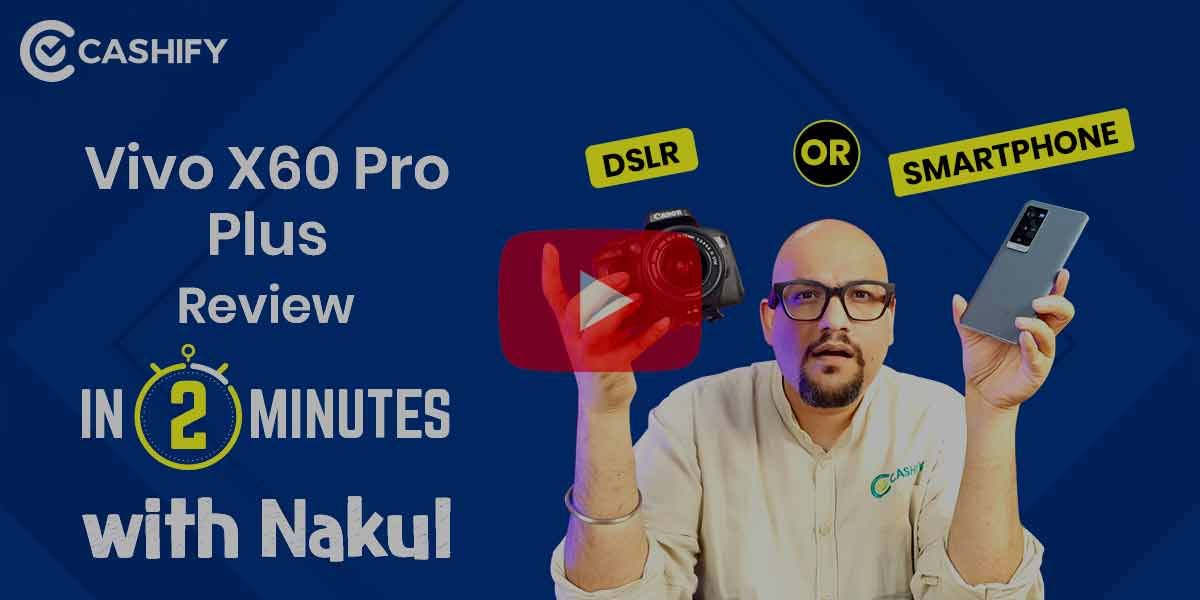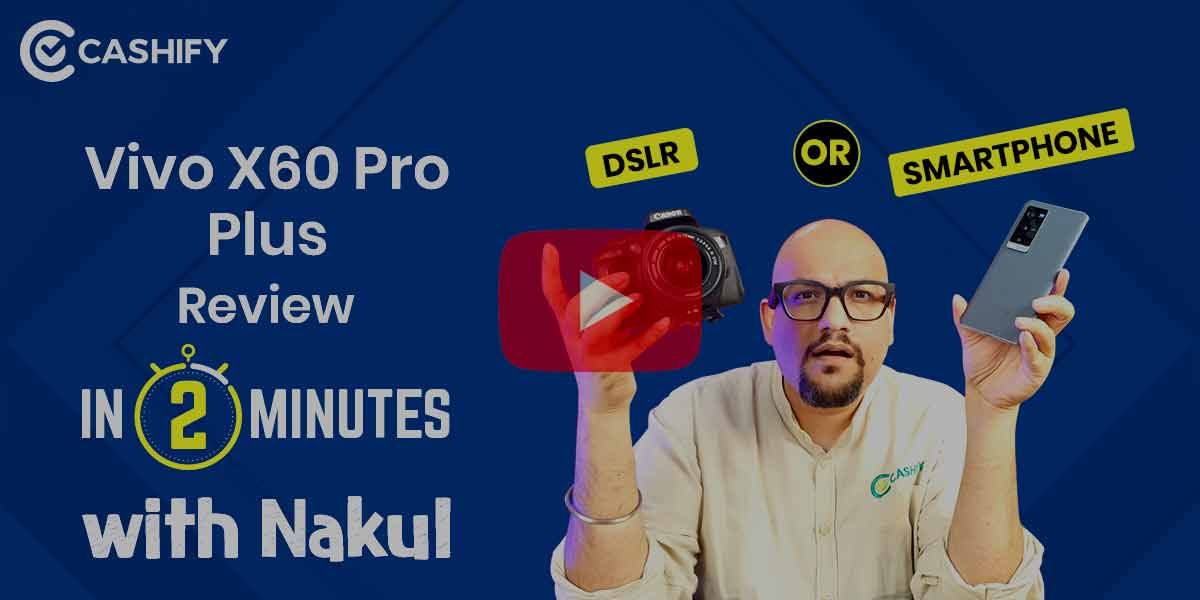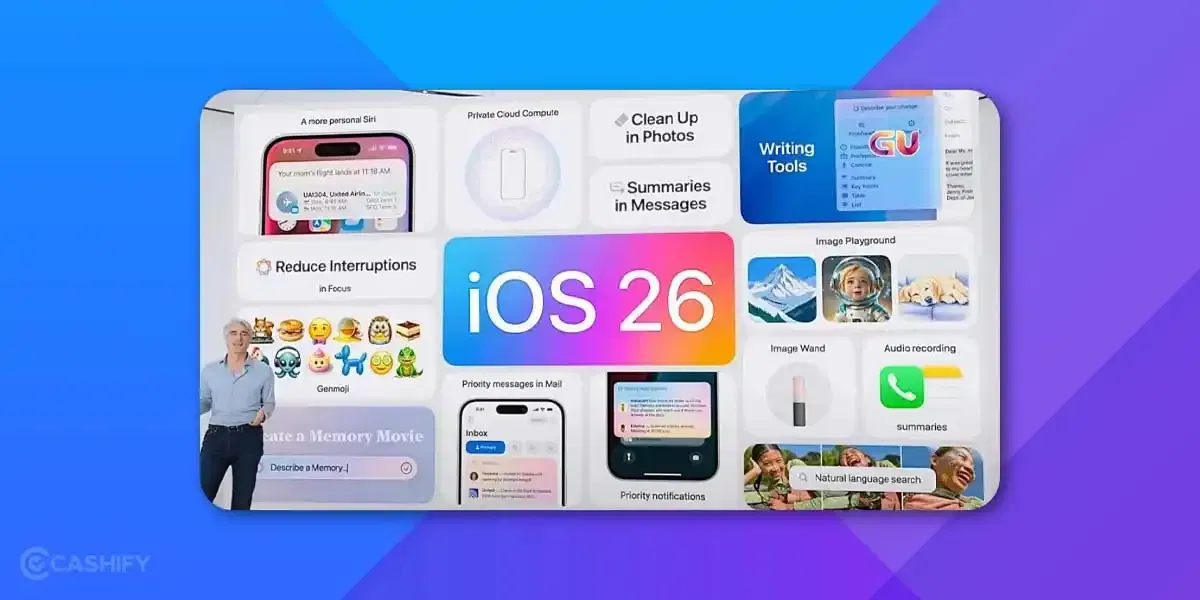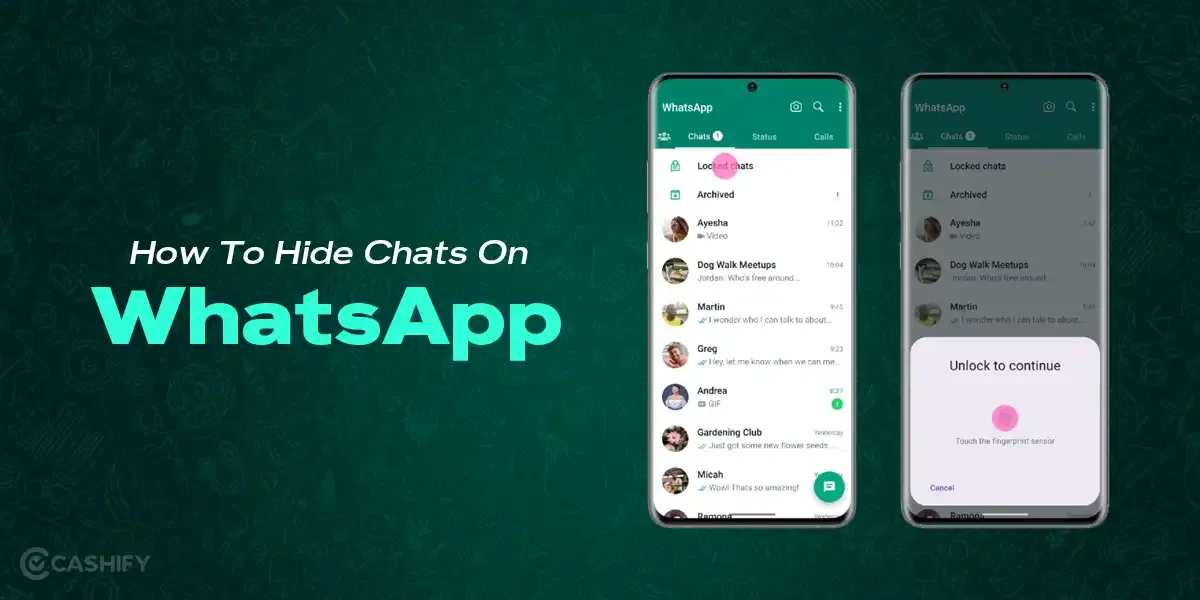Introduction
Xiaomi POCO M3, one of the latest additions to the Poco series. Priced strategically under a sub-Rs 15,000/- price segment, the phone does compete against Moto G9 Power, Redmi 9 Power among others. Its battery is being marketed as its strongest selling point along with faster storage, more RAM, enhanced cameras compared to Poco M2. However, at the end of the day, it is still a rebranded version of both Redmi 9 Power and Redmi Note 9 4G in China albeit not entirely copy-pasted but with a slight difference.
Also Read: Poco Mobiles Price List in India
Here’s an entire review about Poco M3 that you can read ad get a real-time glimpse of the device.
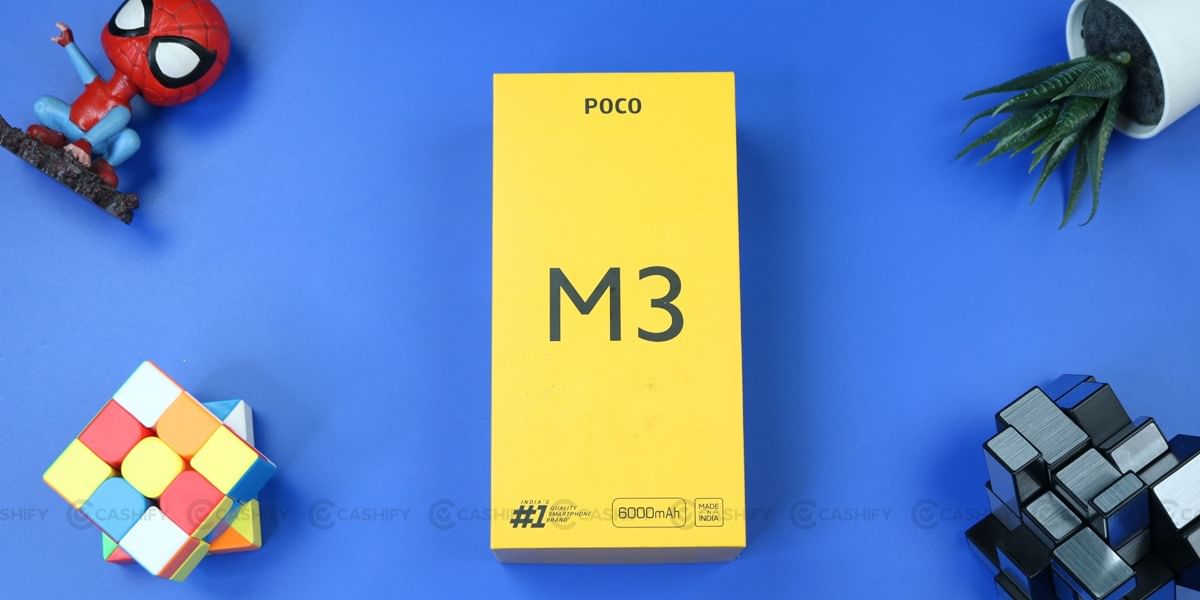
Prices in India, Variants, Availability
Xiaomi POCO M3 is available in India on Flipkart starting at Rs 10,999/- for its 6GB+64GB variant in India. There’s a higher 6GB+128GB variant available at a price tag of a little higher at Rs 11,999/-. It is available in three color variants i.e. Yellow, Cool Blue, and Power Black. Flipkart has tonnes of deals and discounts on Poco M3 such as No Cost EMI, 10 percent discount on Bank of Baroda Mastercard credit card, and so on. There’s also an exchange offer discounting at up to Rs 10,350/-
Design and Build - Quite Dashing
If you are upgrading from Poco M2, you would find many similarities with Poco M3. The device sports a thicker bezel around the eyes. The overall build quality is good as you can feel it when holding it in your hands. The rear panel has a textured finish that kicks off any fingerprints on the surface and almost feels like a leather texture.
However, there’s a plastic cutout at the back which is extremely large which stands out with a humongous POCO branding on the top. It is a fingerprint magnet since it has a glossy texture to it.
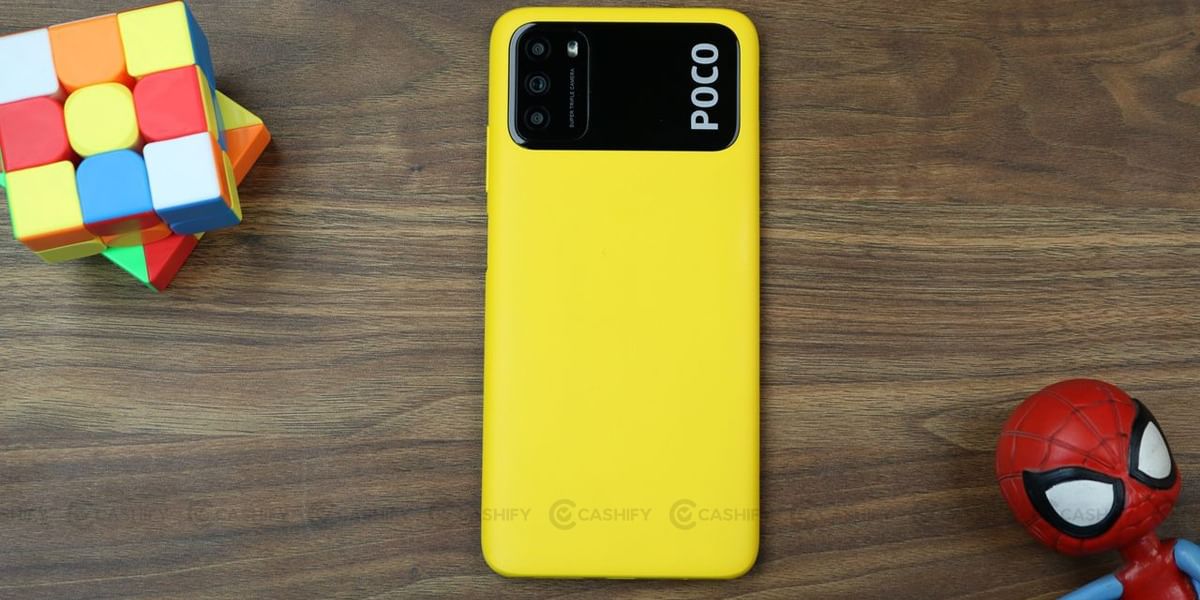
The triple camera bump is positioned on the top-left corner of the back panel and has a glass on top to prevent it from scratches and more. The phone is almost 198grams in weight while is slightly bulky in size. However, it is well-balanced so it is not likely you will feel the wrath of its weight unless you are using a single hand to use it for a long time.
About the ports and buttons, Poco M3 comes with a side-mounted fingerprint scanner on the right side which is positioned well in proximity. It has tactile feedback to it although I wouldn’t recommend a side-mounted FPS which takes time to register inputs and it is visible on Poco M3. Volume rockers on the right side too.
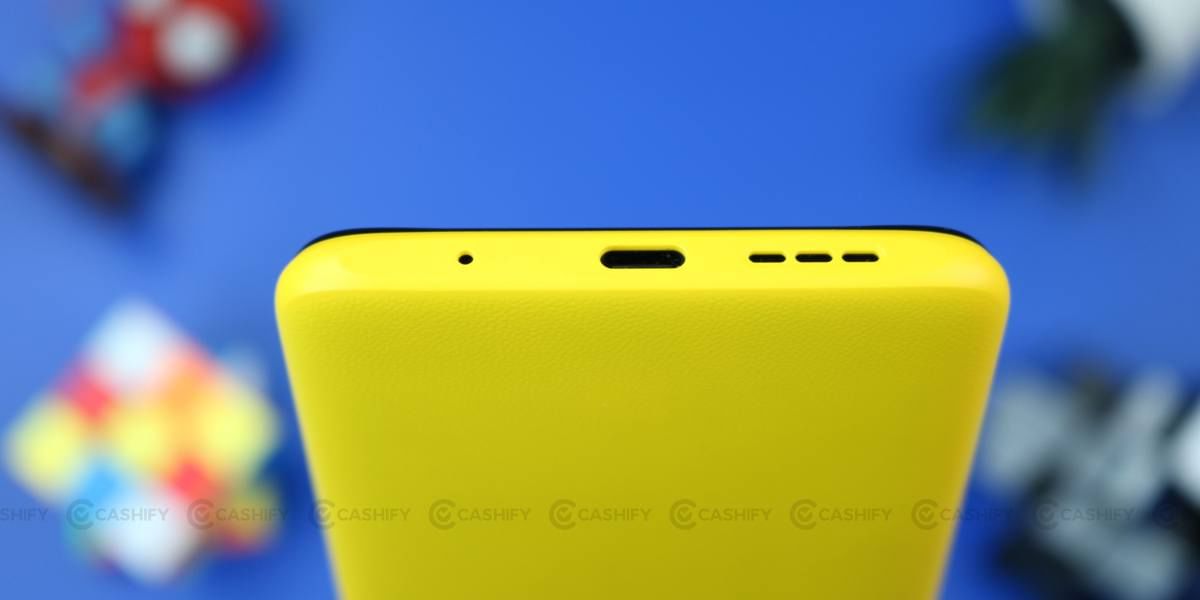
You get a bottom-firing loudspeaker along with a primary mic and a USB-C port. On top, you get a 3.5mm headphone jack, a secondary microphone, and a second loudspeaker since Poco M3 has a stereo speaker setup which is a great add-on.
Display - Just Right For Price
POCO M3 sports a giant 6.53-inch IPS LCD panel with a V-shaped notch on top of it. The display bears a resolution of 1080×2340 pixels with 395 PPI density and has a tall 19.5:9 aspect ratio on-board. It is protected with a Corning Gorilla Glass 3 on top while the frame is a composite of the front glass, plastic frame, and a plastic back panel mounted together.
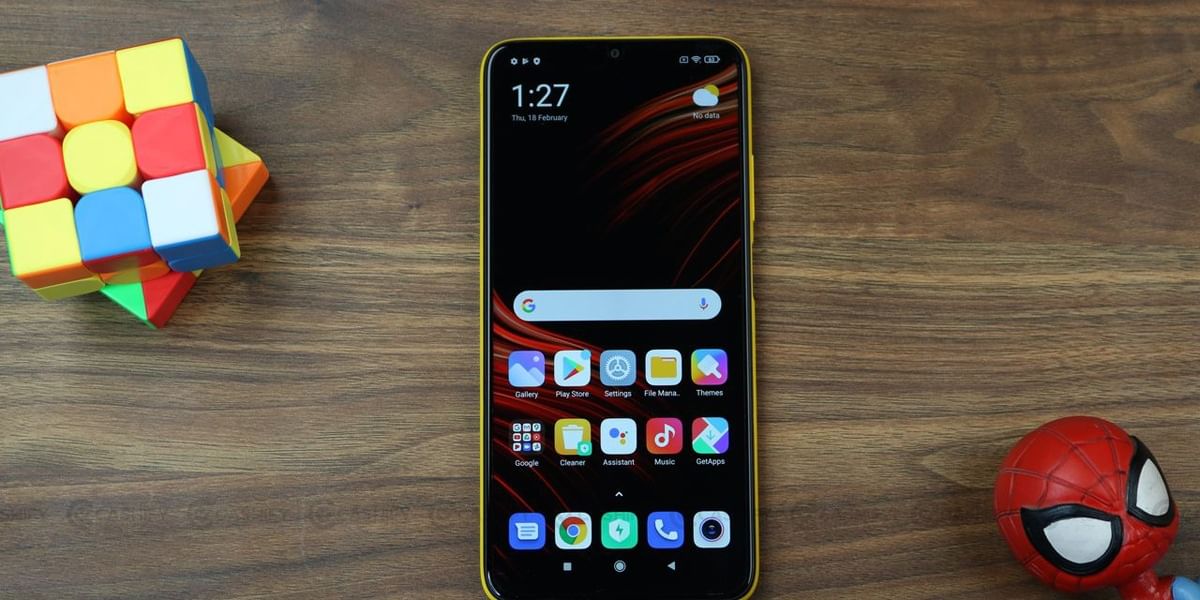
Many reviewers have already gone through the pros and cons of Poco M3 but we decided to check it. We found out that even though the display is huge at 6.53-inch with FHD+ resolution, it doesn’t have a wide viewing angle but rather you will have a decent viewing angle on-board. The colours would fade if you rotate the phone a few degrees. What’s more, is that the brightness is at ~340 nits which by all means is too low for use in broad daylight. You will struggle to use it under the hood so keep that in mind.
The colours on the IPS LCD panel on M3 are a tad bit on the saturated side. You get a regular 60Hz refresh rate on M3 which isn’t a matter of concern since it is a standard. The good thing about M3’s display is that it is WideVine L1 certified and thus, users will be able to stream HD content on OTT platforms like Netflix and Amazon Prime Videos.
The teardrop-shaped (or V-shaped or dewdrop-shaped) notch is a good addition since it takes less space than a regular notch but a punch-hole cut-out would have been better but it is okay.
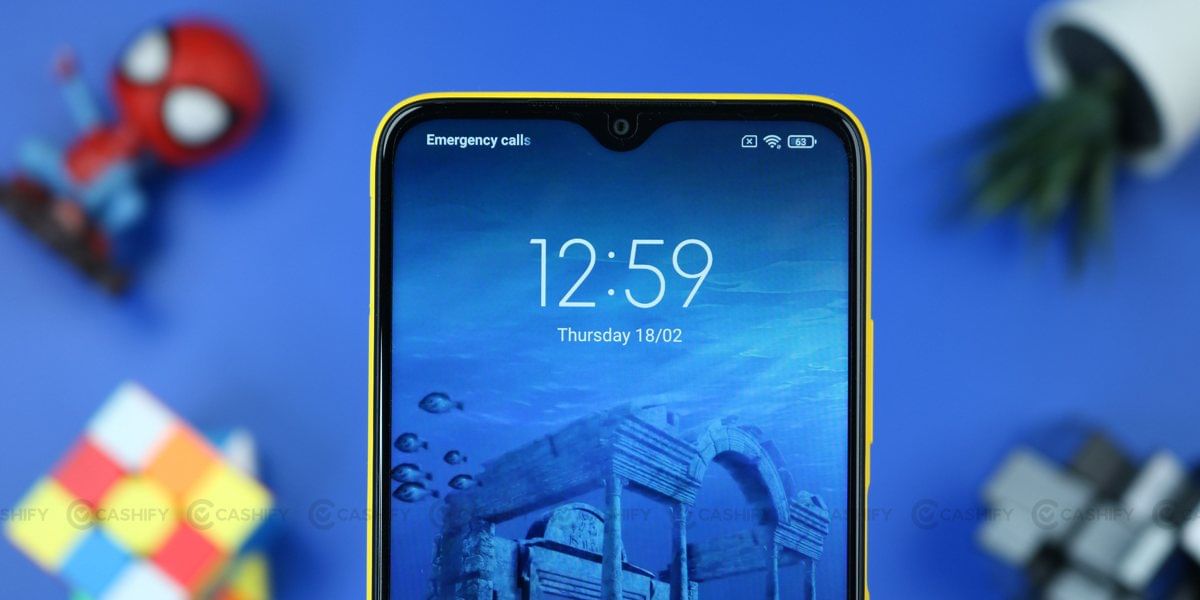
Performance - Quite Laggy
POCO M3 runs on Qualcomm’s mid-range Snapdragon 662 processor which is manufactured on an 11nm node. It has four high-performance Kryo 260 Gold cores clocked at 2.0GHz while four battery-efficient Kryo 260 Silver cores are clocked at 1.8GHz. There’s an Adreno 610 GPU that handles its graphics processing requirements. The device is paired with a 4GB + 64GB UFS 2.1 variant and a 6GB variant while the higher 128GB UFS 2.2 variant is available with either 4GB or 6GB RAM options.
If you are talking about a one-line review of its performance, I must say that the SD662 SoC used on Poco M3 is overused, exhausted, and underpowered. It is slower when compared to the chipset mounted on Moto G9 Power. This signifies that the processor is holding it back for some reason.
We played a few games on POCO M3 and luckily, it doesn’t turn into a pan to cook an omelette on unless you max out on graphics and fps settings. But graphics-intensive games like COD: Mobile would leave no stone unturned to warm up the device for sure. Even with a UFS 2.2 system on the top variant of the device, I faced similar stutter and lag all over the device so it’s safe to say, if lag is something you hate, check out other phones for sure.
Software - Not Fully Optimised
It comes with Android 10-powered MIUI 12 out-of-the-box. There’s no doubt it will get future MIUI updates as mentioned for Xiaomi’s MIUI update policies. We are also certain that the POCO M3 gets an Android 11 upgrade as well although we will have to wait for the update for sure unless it has already arrived in some countries.
When tested, the MIUI is a bit slow and laggy and you can sense it unless you are a newbie to smartphones. I felt MIUI 12 on Poco M3 is laggy and sluggish and we can’t be wrong about it either. You get a tonne of pre-installed apps so that’s a major issue with MIUI. Plus, there are ads on the system apps so no matter if you are using Mi Calculator or Settings, you will get ads at these places.
Cameras - Pretty Average
Poco M3 sports a triple camera setup that houses a 48MP primary sensor with 0.8micrometer pixel size, f/1.8 aperture, PDAF; a 2MP f/2.4 macro sensor, and a 2MP f/2.4 depth sensor. There’s an 8MP selfie snapper with f/2.1 with 1.12micrometer pixel size housed in a teardrop-shaped notch.
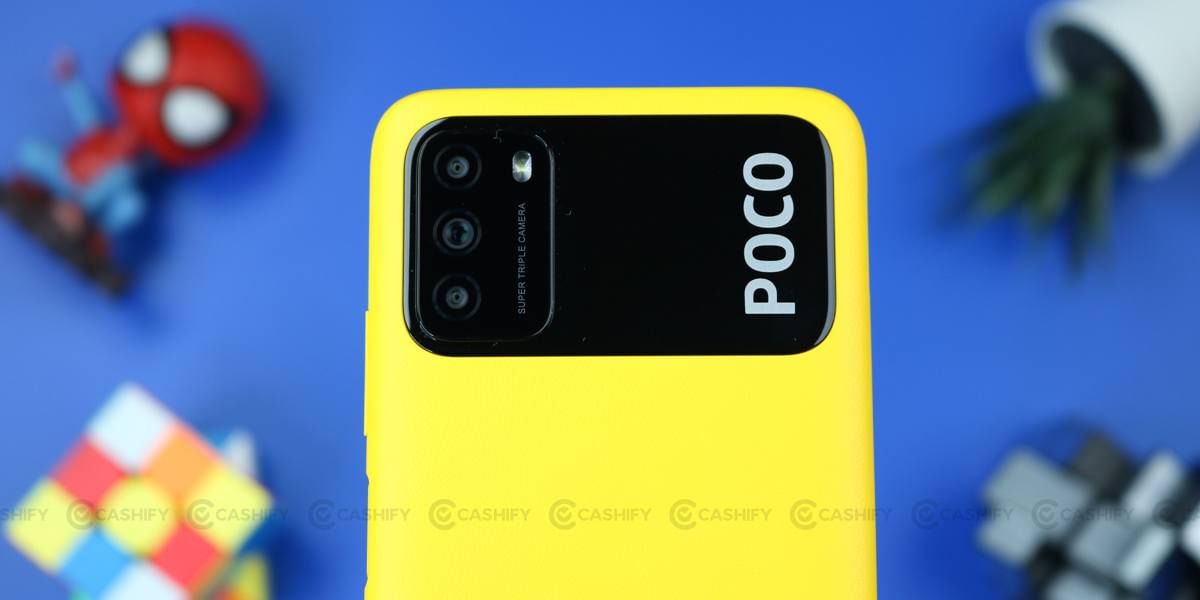
If you are a photographer or someone who loves photography, it is again a trait Poco M3 doesn’t shine on. Talking about the primary sensor (since the other two are just a waste of time), daylight photos turned out good but not great for sure. The photos have a passable dynamic range, shadows lack details and more.
The nighttime photography is average so there’s nothing much to discuss. The shots are mediocre and there’s plenty of noise in the shots. Turning on Night Mode makes the night-time shots better but still, not that better after all.
When taking up portrait shots, the edge detection was good with natural background blur but you would find it difficult to capture shots properly since it constantly keeps on struggling with locking focus. Overall, the photos are average so don’t expect a 48MP sensor to show things in detail since it is just a number and it is pretty much the underlying software that fine-tunes the images before you can have a look at the shots captured.
The video recording using the rear camera is capped at 1080p at 30fps and there’s no video stabilization. If you are on a tripod or have super steady hands, stabilizing a video won’t be a problem. But if you are a regular person, you will see just how not having a video stabilizer enabled electronically or optically turns the footage unusable.
Beefy Battery
POCO M3 is powered by a beefy 6000 mAh battery under the hood that comes along with 18W fast charging and reverses charging support as well. The beefy battery is being highlighted as its selling point and why not when you have a 6000 mAh battery on board. As usual, a battery so massive can be pushed to a whopping two days of use with moderate to heavy usage. When tested on an HD video loop test, the device was able to pull off 16 hours of output. It is supplied with an 18W charger which juices up the battery in around 2 hours 20 minutes (more or less). Though it is not fast, it is as per its price category.
Audio, Connectivity, Biometrics
I tried Poco M3 testing it out for the speaker quality and since it has a stereo speaker setup, it has left an impressive mark, to be honest. It has a loudness score of -26.5 LUPS with a “Good” remark and that’s true. Poco X3 is still very good as per the loudness score along with Realme 7 but M3 doesn’t fail to turn heads around for sure. There are some caveats such as the high notes aren’t that good but not bad as well. You will get a balanced output with a POCO M3 stereo speaker setup for sure.
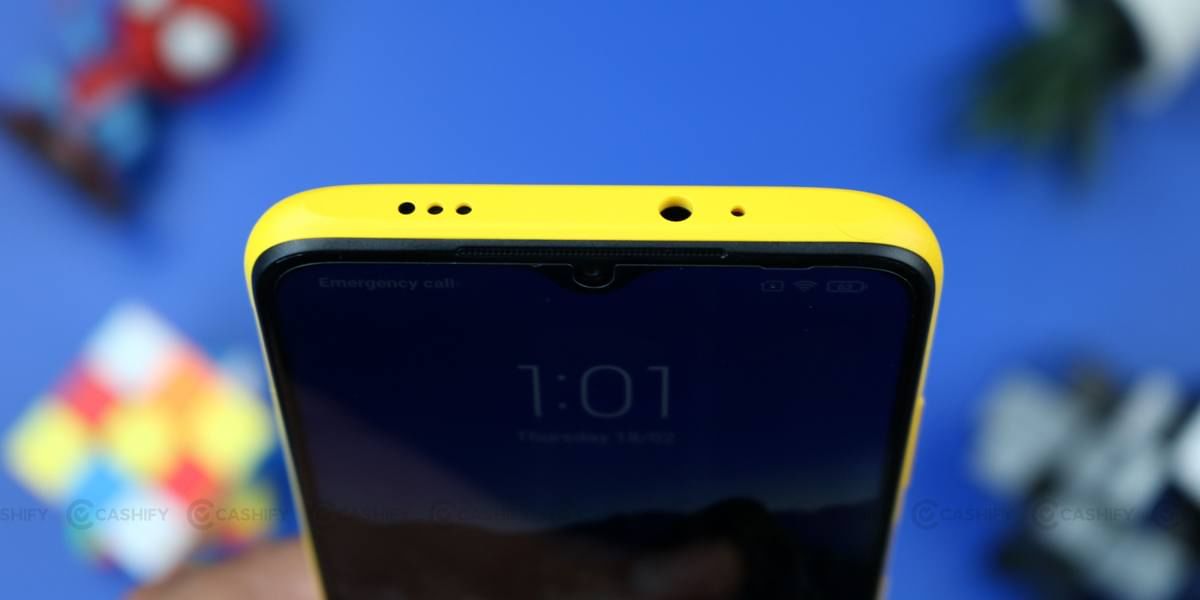
When it comes to the connectivity aspect, POCO M3 is well-connected with the internet thanks to Wi-Fi 802.11 a/b/g/n/ac dual-band support with Bluetooth 5.0 (supporting both LE and A2DP) as well as GPS with navigation systems such as Galileo, BDS, Glonass, and A-GPS. There’s an infrared port, a radio, a USB Type-C 2.0 port onboard as well. Fortunately, there’s a 3.5mm headphone jack on-board as well.
The side-mounted fingerprint scanner is conveniently placed in your proximity. It is a capacitive FPS that makes it easier for you to unlock the phone without turning on the display. It is fast although not 100 per cent accurate and it would take some stimuli at some point before you can unlock the phone. The facial recognition is fast as well. Then you get a PIN and Pattern unlocking mechanism as well.
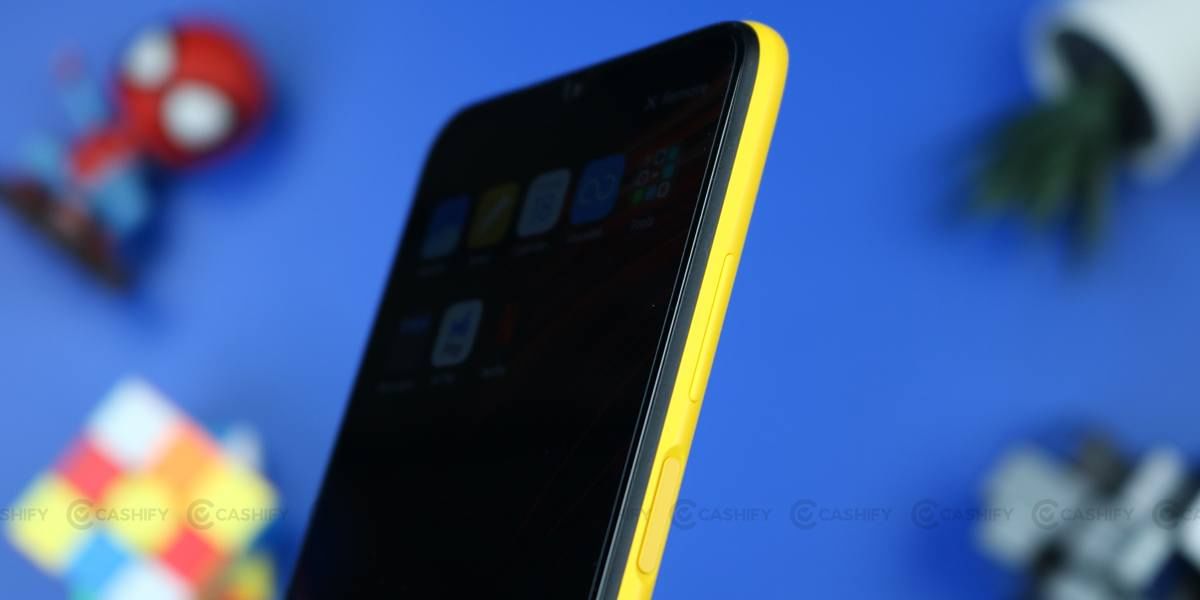
POCO M3 Pros & Cons
Pros:
- Large screen size for entertainment consumption
- Massive battery to last all day long
- Fast internal storage
Cons:
- Older processor
- Video output at lower frames and resolution
- Might feel laggy at times
The specs sheet for Poco M3 looks impressive but that’s on paper. When it comes to practical use, the device is capped at a 1080p resolution on recording videos and there’s no EIS as well. The lowlight shots are practically unusable and the 2x2MP macro and depth sensor setup is simply a waste. It would have been better if Xiaomi could have integrated an enhanced primary sensor or added an ultrawide/telephoto sensor instead.
The UFS 2.1/ 2.2 works fine and it is not inhibited by anything, however, the processor is underpowered and exhaustively used by Xiaomi. Somehow, the processor on Poco M3 performs far inferior to Moto G9 Power which has SD662 as well. The same goes for MIUI 12 UI with Poco Launcher as it is laggy. The battery is its USP and there’s no doubt, however, there are just too many flaws to ignore for a phone with a better battery pack. You can simply check out Redmi Note 9 by paying slightly more. Now it’s on you.


